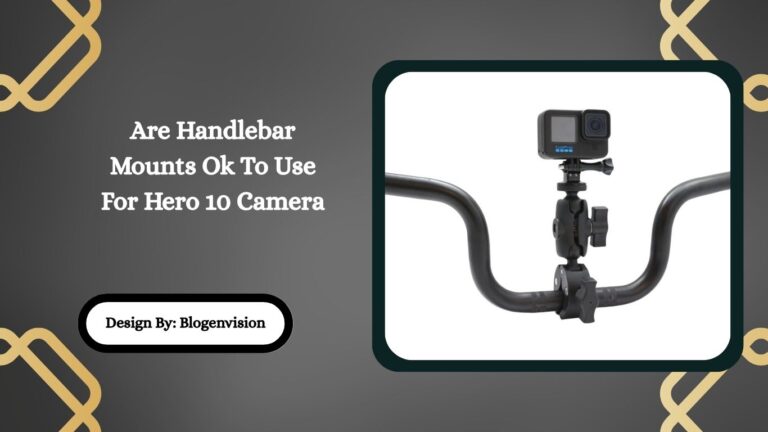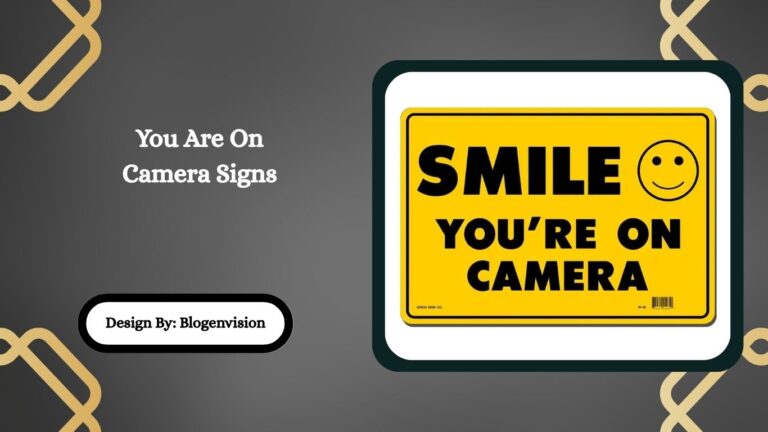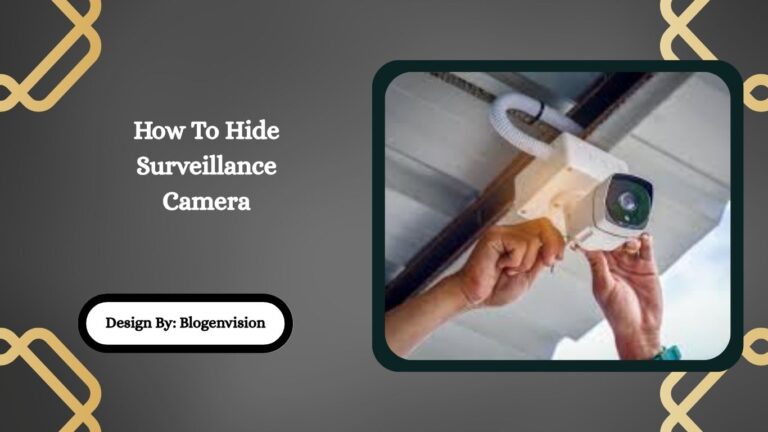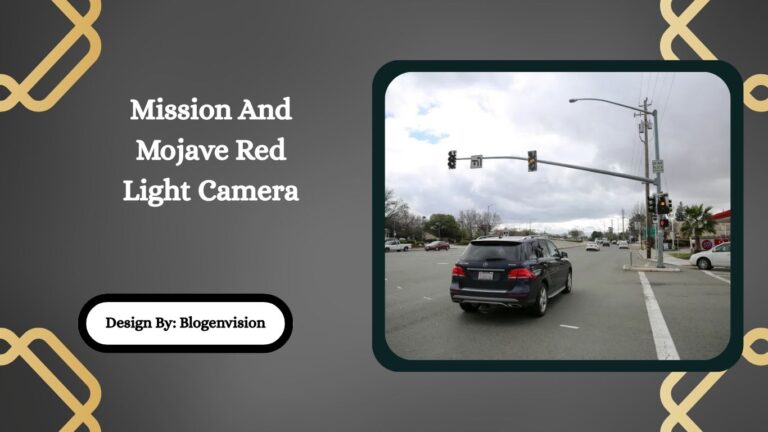Do All Stop Lights Have Cameras – Comprehensive Guide!
No, not all stop lights have cameras. Only selected intersections, especially in busy or high-risk areas, use red light or traffic monitoring cameras to improve safety and manage traffic flow.
Have you ever stopped at a red light and noticed a small device on top of the traffic pole? You may have wondered, “Is that a camera?” or “Am I being watched?”
This article will answer everything you need to know about stop light cameras:
- Do all stop lights have cameras?
- What types of cameras are used?
- Can they give you a ticket?
- Are they recording you all the time?
- What are the laws about them?
Let’s clear up the confusion in easy words.
Types of Cameras Found at Stop Lights
Different cameras are used for different reasons. Here are the main types:
1. Red Light Cameras
- Take photos if a car runs a red light.
- Can lead to a ticket in the mail.
- Usually placed in high-traffic or dangerous areas.
2. Traffic Flow Cameras
- Help the city see traffic flow.
- Used to control lights and reduce traffic jams.
- Not used for tickets or violations.
3. License Plate Readers
- Scan license plates automatically.
- Help police find stolen cars or wanted vehicles.
- May be used for toll roads too.
4. Surveillance Cameras
- Placed in areas needing extra security.
- Watch for crime, not traffic tickets.
- May be near schools, downtown areas, or events.
How to Tell If a Stop Light Has a Camera?

Here’s what to look for if you want to know if a stop light has a camera:
- Signage: Look for signs like “Photo Enforced” or “Red Light Camera in Use.”
- Boxy Cameras: Cameras are usually box-shaped and face the intersection.
- Flashes: If someone runs a red light and you see a flash, it’s likely a camera took a picture.
- Camera Poles: Cameras may be on separate poles near the light.
Not every camera is easy to spot but red light camera zones are usually marked by law.
Can You Get a Ticket from These Cameras?
Yes, but only from red light cameras, not the others.
Here’s how it works:
- You run a red light.
- The camera takes a picture or video.
- You get a ticket by mail, usually with proof.
- The fine is usually $100–$150.
- You can pay or contest the ticket.
Cameras for traffic flow or security don’t issue tickets.
Are You Always Being Recorded?
Not really. Here’s the truth:
- Some cameras only turn on when a violation happens.
- Others record short clips and delete them after a few days.
- Traffic monitoring cameras usually don’t record sound or personal conversations.
So, no, you’re not being watched all the time just when traffic safety is involved.
Where Are Stop Light Cameras Usually Found?
You’ll most likely find them in:
- Big cities with heavy traffic
- High-risk intersections with many crashes
- School zones or hospital areas
- Downtown or tourist spots
Smaller towns may have fewer or no cameras at all due to cost.
Are These Cameras Legal?
Yes, in most U.S. states, they are legal. But each state has its own rules.
For example:
- Florida, New York, and Illinois allow red light cameras.
- Texas and Maine have banned them.
- Some states only allow them in school zones.
Check your local laws if you’re unsure.
Why Do Cities Use Stop Light Cameras?
Cities use these cameras for several reasons:
- To reduce accidents at intersections
- To catch red-light runners
- To help with traffic management
- To support police and emergency response
Studies show that red light cameras can help save lives but they’re also debated because of privacy concerns.
Common Myths About Stop Light Cameras
Let’s clear up a few myths:
| Myth | Truth |
| All stop lights have cameras | Most do not |
| They record everything | Most record only violations |
| They can hear you | They do not record sound |
| All cameras give tickets | Only red light cameras do |
| You can’t fight a camera ticket | You can in court |
How to Avoid a Red Light Camera Ticket?

Simple! Follow these tips:
- Always stop before the line if the light is red.
- Don’t speed up when the light turns yellow.
- Look for camera signs near intersections.
- If you need to turn right on red, come to a complete stop first.
Good driving habits protect you from tickets and from accidents too.
Real-Life Example
In Los Angeles, some red light cameras were removed because of concerns about fairness. Meanwhile, in Chicago, hundreds of cameras are still active, and tickets are issued daily. Every city handles things differently.
Future of Stop Light Cameras
With technology getting better, we may soon see:
- Smarter cameras that detect more violations
- AI-based systems to analyze driver behavior
- Connected traffic systems for smoother light changes
- Better privacy laws to protect driver rights
FAQs:
1. How can I tell if a stop light has a camera?
Look for small box-like devices near the light, flashing lights, or signs that say “Photo Enforced.” Not all cameras are visible, but red light zones are often marked.
2. Can I get a ticket from a traffic camera?
Only red light cameras can issue tickets. Other cameras like traffic flow or surveillance cameras do not issue fines or citations to drivers.
3. Do traffic cameras record everything?
Most cameras only record when a violation occurs. They typically don’t record sound or store footage long-term unless there’s an incident or safety reason.
4. Are red light cameras used in every U.S. state?
No, some states ban them, while others allow them in certain areas. Laws vary, so check your local traffic laws for specific camera use.
5. Can I fight a red light camera ticket in court?
Yes, you can contest a ticket. If you believe the camera made an error, you can challenge it with evidence or request a hearing.
Conclusion
Not every stop light has a camera, but where they are used, the goal is safety, not spying. These cameras help reduce crashes and enforce traffic rules in busy or risky areas. Whether you live in a small town or a big city, understanding how these cameras work helps you stay informed and avoid surprises. Remember, safe and responsible driving is always the best way to steer clear of tickets.







